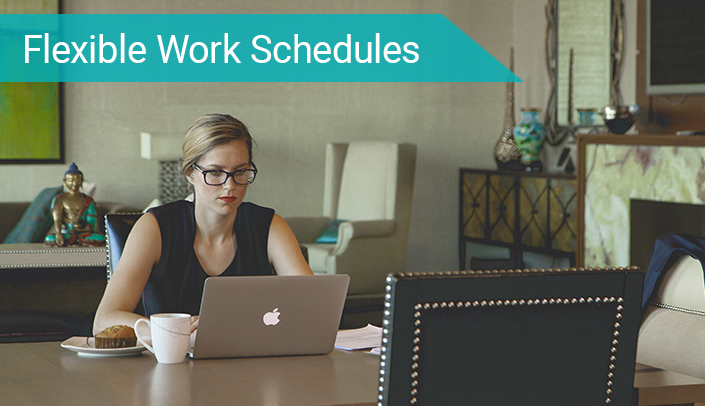In modern health science education and academic medical centers, often not all the work is done at the work place. Technology and video conferencing have made remote working much more reliable, efficient and productive. But, not all employees or jobs are well-suited for working remotely. Leading organizations however, are developing creative and flexible work situations to attract and retain the best and brightest workers.
Here are some tips for finding the best fit for flex work situations. Look for:
INITIATIVE
Watch for people who are self-starters and don’t need to be told what to do next. Ask employees how they manage their time, tasks, and larger projects. Examine the systems for how they get their job done.
MOTIVATION
Candidates for work flexibility should exhibit an internal standard of excellence. Look for people who consistently go the extra mile for quality, without being asked.
FOCUS
Working remotely can be lonely. Talk to employees about how they feel about working in isolation with little feedback or support from others. Consider a trial period for employees to test the emotional components of working remotely.
CAPABILITIES
Virtual working requires employees who are able to make decisions with little or no direction. Work that requires team decisions or interactions may need additional technology interfaces such as Skype for Business, Zoom, or Office 365 for maximum productivity.
SELF-DISCIPLINE
Remote working should allow employees dedicated time for producing high-quality work, delivered on time. Coffee shops, home, and other remote working locations can also be filled with potential distractions. Monitor deliverables while establishing that remote working is the right fit.
Remember, just because flexible work schedules may be an option, not all employees desire remote working situations, nor is every employee suited to remote working. Leaders should examine the best fit for individuals and teams to reach the best outcome. In the modern work world, doing things “the way we’ve always done them” is not necessarily the best strategy.
*Adapted from the Association for Talent Development (ATD)
About the Author
Dr. Linda M. Love is the Director of Faculty Development at UNMC. She holds a doctorate in Adult Learning and Higher Education Administration. Her work is focused on helping faculty reach their full potential as teachers, innovators, influencers, and leaders in complex and evolving academic medical center environments.
lmlove@unmc.edu | @2LindaMLove
